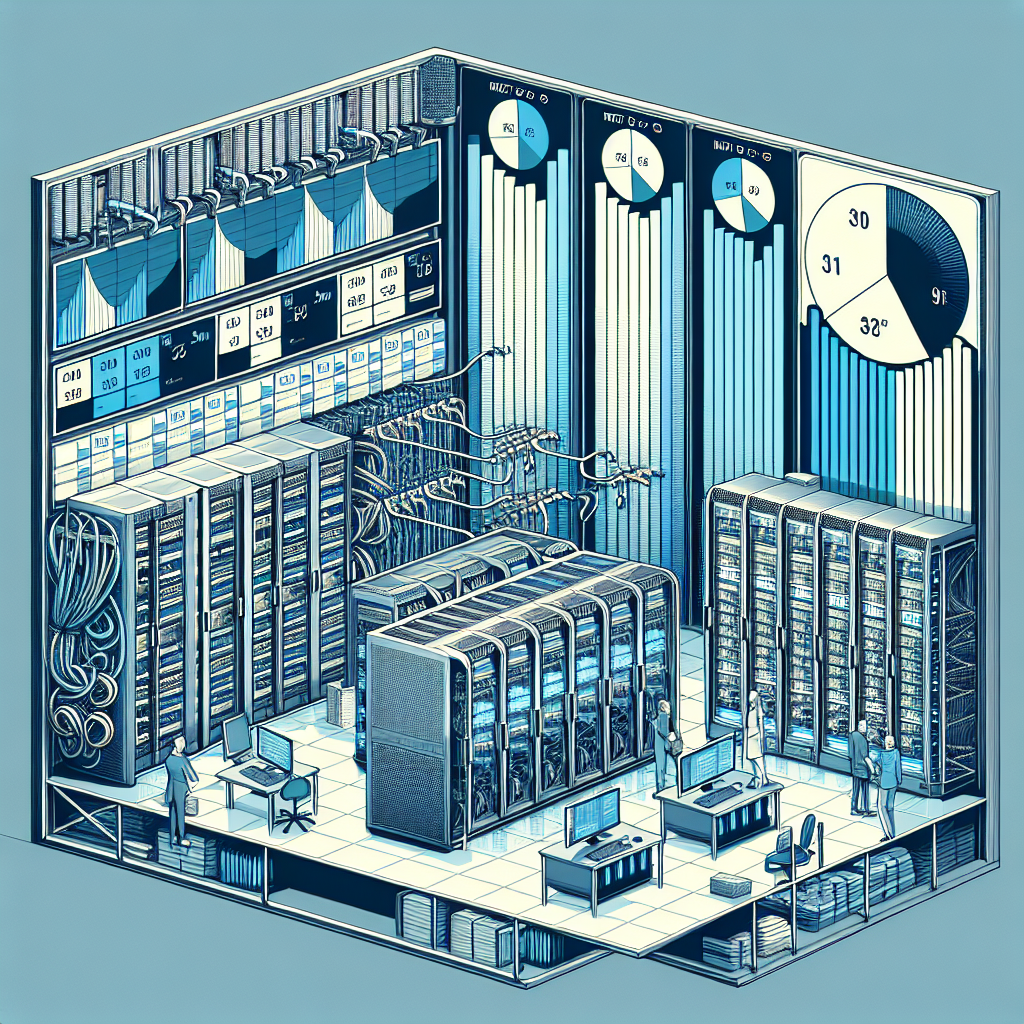Your cart is currently empty!
Comparing MTBF Metrics for Data Center Equipment: What to Look for

When it comes to data center equipment, reliability is paramount. Downtime can have serious consequences for businesses, leading to lost revenue, damaged reputation, and decreased productivity. To ensure maximum uptime, data center managers often rely on Mean Time Between Failures (MTBF) metrics to assess the reliability of their equipment. However, not all MTBF metrics are created equal, and it’s important to understand what to look for when comparing them.
MTBF is a measure of how long a piece of equipment is expected to operate before experiencing a failure. It is typically expressed in hours and is calculated based on historical data or manufacturer testing. While MTBF can be a useful metric for comparing the reliability of different pieces of equipment, it’s important to consider a few key factors when evaluating MTBF metrics.
First and foremost, it’s important to understand how the MTBF metric was calculated. Some manufacturers may use different testing methodologies or assumptions when calculating MTBF, which can lead to discrepancies in the reported values. It’s important to look for MTBF metrics that are based on real-world data or standardized testing procedures to ensure accuracy and reliability.
Another important factor to consider when comparing MTBF metrics is the operating conditions under which the equipment will be used. Different environments can have a significant impact on the reliability of equipment, so it’s important to look for MTBF metrics that are specific to the operating conditions of your data center. For example, equipment that will be used in a high-temperature environment may have a lower MTBF than equipment used in a more temperate environment.
Additionally, it’s important to consider the warranty and support options offered by the equipment manufacturer. A high MTBF metric is meaningless if the manufacturer does not stand behind their product with a robust warranty and support options. Look for manufacturers that offer extended warranties, on-site support, and quick turnaround times for repairs to minimize downtime in the event of a failure.
In conclusion, when comparing MTBF metrics for data center equipment, it’s important to look for metrics that are based on real-world data or standardized testing procedures, specific to the operating conditions of your data center, and backed by robust warranty and support options. By carefully evaluating these factors, you can ensure that your data center equipment is reliable and will provide maximum uptime for your business.

Leave a Reply